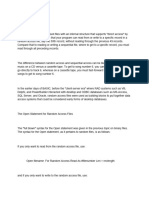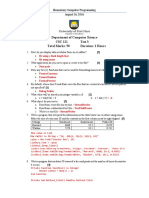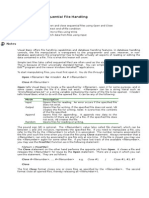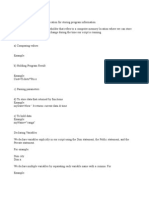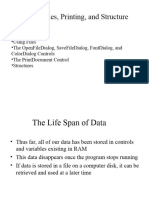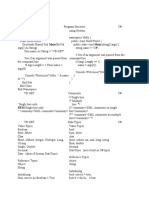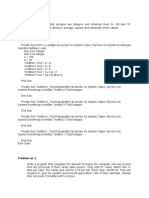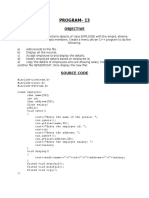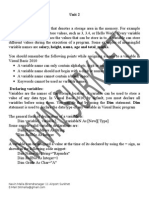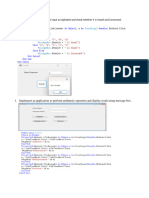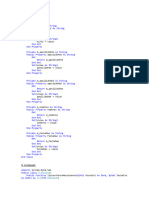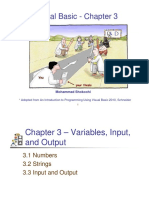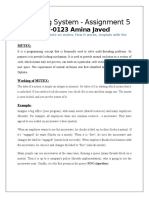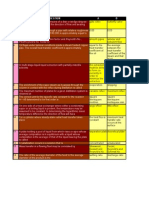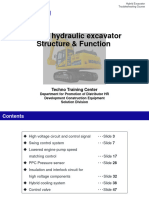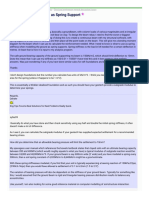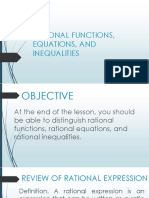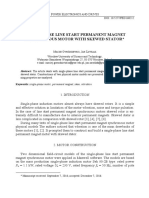0% found this document useful (0 votes)
13 views2 pagesRandom Files
The document describes a Visual Basic module for managing employee records using random files, which require fixed-size records. It defines an 'Employee' structure with fields for name, age, salary, and marital status, and includes functions to assign, read, and display these records. The module demonstrates how to overwrite records and explains the concept of padding in memory allocation.
Uploaded by
dereck josonCopyright
© © All Rights Reserved
We take content rights seriously. If you suspect this is your content, claim it here.
Available Formats
Download as PDF, TXT or read online on Scribd
0% found this document useful (0 votes)
13 views2 pagesRandom Files
The document describes a Visual Basic module for managing employee records using random files, which require fixed-size records. It defines an 'Employee' structure with fields for name, age, salary, and marital status, and includes functions to assign, read, and display these records. The module demonstrates how to overwrite records and explains the concept of padding in memory allocation.
Uploaded by
dereck josonCopyright
© © All Rights Reserved
We take content rights seriously. If you suspect this is your content, claim it here.
Available Formats
Download as PDF, TXT or read online on Scribd
/ 2
